Fashion for engineers or utilitarian wear for fashionistas? Modernist functionalism or over the top cosplay? Taking its cues from materials science, martial arts, performance gear and cyberpunk, techwear is a quiet revolution, reshaping the fashion industry.
For any runner, if you are serious about your gear, there inevitably comes a time when you start scratching your head:
“Hmm, I have these fantastic high-performing, ultra comfortable high tech runners. Why am I wearing leaden shoes that could be a century old for 90 percent of the day? When running I have smooth, moisture-wicking, stretchy synthetic tops and non-chafing, lightweight pants made for movement. Why am I wearing all this heavy, warm, sweat-soaked cotton?”
There is only one credible answer to these questions: Convention.
While that may be true, it is not a satisfying answer. So at some point you are bound to mutter: Convention be damned.
At this point you start wearing your running shoes to work. Then your Nike pants. And your Patagonia puffy.
“This actually looks pretty nice. Clean and fresh,” you tell yourself in the mirror in the morning. It is all downhill from there.

This is a story common to a lot of people who come into contact with performance wear in some area of their lives. Climbers, cyclists, hikers, skiers, military personnel – all wear high tech, specialized, functional clothing for demanding activities.
Shoes with wonderfully cushioning and responsive soles, updated yearly with the latest innovations in plastic molding and laser-cut, asymmetric uppers. Stretchy, water repellent pants with arrays of pockets custom made for specific use cases. Baselayers that regulate body heat, wick away moisture efficiently and fight odor through anti-microbial technology. Shells that somehow manage to breathe well even though they are insanely abrasion resistant and weather proof.
In these specialized fields, the materials used are Dyneema, carbon fiber, ceramics, Kevlar, Gore-Tex Pro, Shakedry, PrimaLoft and a range of fancifully named plastics for those amazing soles. In our everyday life, however, we are inexplicably expected to make do with old, heavy fabrics like poplin and denim that chafe and soak up moisture, and antiquated features like high heels, button up shirts and restrictive suit pants – clothing that is scientifically proven to impede and hurt us.
This is where techwear enters the stage. Brands like Veilance, Outlier and Mission Workshop offer high-performance wear for… commuting. For hanging out on the corner. For chilling with friends or taking the kids to the park. Because why would we not want high-performance clothes for all those mundane activities that make up the biggest part of our lives, too?

Veilance is one of the most archetypal, and revered, techwear brands. It is a spin-off from Canadian outdoors brand Arc’teryx, which took its name from the ancient reptile Archaeopteryx Lithographica. This reptile was feathered, and is known as the Urvogel in German. It represents the amazing evolutionary leap some 150 million years ago when reptiles first developed functional wings. Archaeopteryx Lithographica is generally regarded as the world’s first bird.
Veilance shares the mothership’s focus on innovation, evolution and functionality – but applies a similar design philosophy to fashion-conscious urban pursuits rather than trekking, skiing and mountaineering.
The Veilance designers work in the spirit of hardcore modernist architecs like Le Corbusier and Mies van der Rohe, who adopted the maxims “Form follows function” and “Ornament is a crime”. In fact, the Veilance designers are more minimalist than that. They strive to inject high tech functionality into fashion while keeping the form as minimal as possible. Veilance is about stealthy cutting-edge tech. Arc’teryx head designer Carl Moriarty has described the goal of Veilance as creating “invisible advantage”.
“This drive for functionality has created a certain aesthetic, and Veilance emerged by us trying to make things lighter, more durable, and more invisible in an urban space,” he said in an interview with SSENSE.
This functionality obsessed approach is the most fundamental truth about techwear, but it is not the whole truth. If you were to look up the hashtag #techwear on Instagram, you would find a lot of young people wearing black ninja clothes with tons of useless straps, facial masks, excessive amounts of pockets and military detailing, sometimes wielding guns or katanas.
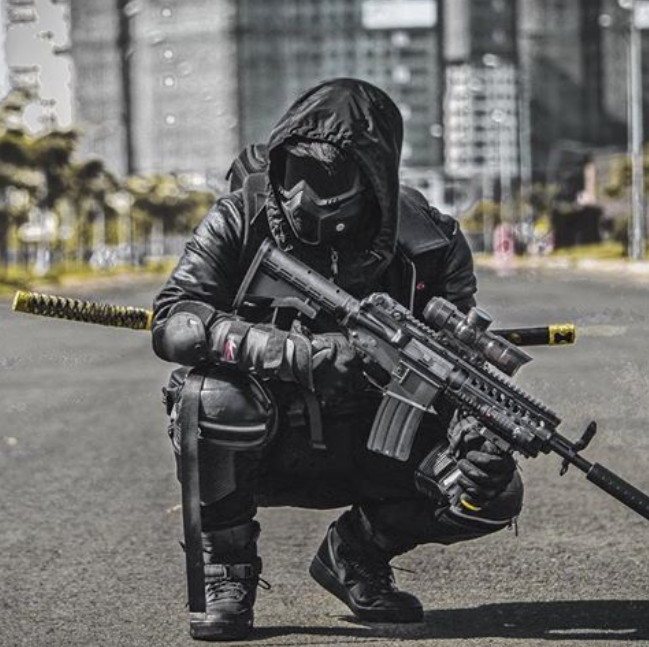
This is the cosplay side of techwear. It has nothing to do with function and everything to do with fantasy. Instead of dressing for their real lives, techwear cosplayers dress up for a post-apocalyptic world, or for the cyberpunk cities of a distant future. But these are costumes, and though they look highly technical these garments are often made of cotton or low-tech polyesters, with more useless ornamentation than actual funcionality. In truth, Haglöfs Rugged Mountain Pant and an Arc’teryx Alpha shell would be a better suit for the apocalypse, but this is all about the look. Like fashion tends to be. In other words, cosplay techwear, despite all the crazy outfits, are far more conventional than the high-function, high-minimalism side of techwear.
The most influencial character in all of techwear is Errolson Hugh, the founder of Acronym (along with Michaela Sachenbacher). He has done freelance work for a lot of different brands, and injected the Acronym DNA into Nike ACG, Stone Island Shadow Project, Herno Laminar and Poutnik by Tilak. While Tilak and the Nike ACG line offer a reasonably affordable entry point to techwear, Acronym itself is firmly in the realm of luxury. Many Acronym jackets have a price tag of over €2000.
Just looking at Acronym’s collections, you might get the impression that Acronym fits into the cosplay side of techwear. However, Acronym clothes are some of the most technical on the market. Errolson Hugh just mixes up their high tech functionalism with references to fashion, martial arts and science fiction in a more flamboyant way than, say, Veilance.
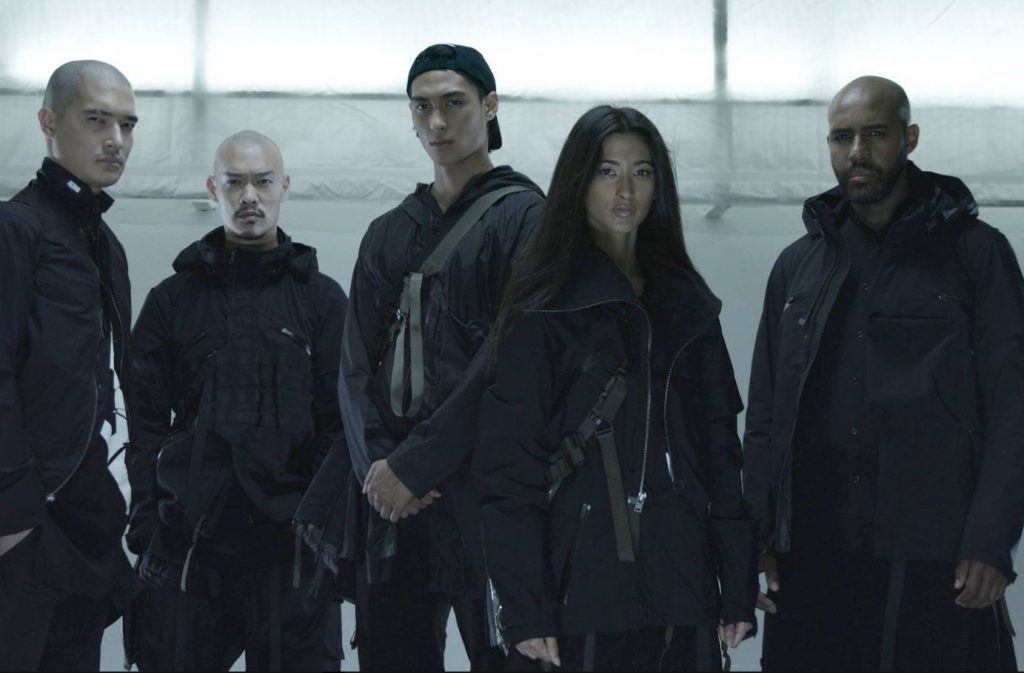
Errolson Hugh is Canadian by birth, the child of an architect and an interior designer. He grew up in Edmonton, a city with cold, inhospitable weather a good part of the year, where you learn to appreciate the merits of good clothes. It is no coincidence that so many of the best techwear and outdoors brands originate in places with insufferably cold winters or boiling hot summers. In Sweden (home of outdoor brands like Haglöfs, Peak Performance, Fjällräven, Houdini and Lundhags) there is a famous old proverb, which is often printed on school handouts informing of outdoors activities: “There is no bad weather, just poor clothing”.
Hugh got into karate at 10 (he is now a second degree black-belt), and noticed that his karategi (the traditional karate uniform) allowed him to perform movements that his regular clothes did not. He has described how this epiphany “triggered a lifelong quest for pants that you could kick someone in the head with.” Indeed, the martial arts influence is apparent in Acronym’s collections and freedom of movement has become a core tenet of techwear, inspired partially by martial arts but also by climbing, snowboarding and other athletic pursuits. This freedom is enabled by stretch materials, articulated knees and elbows, drop crotches and cuts that are not unnecessarily restrictive.
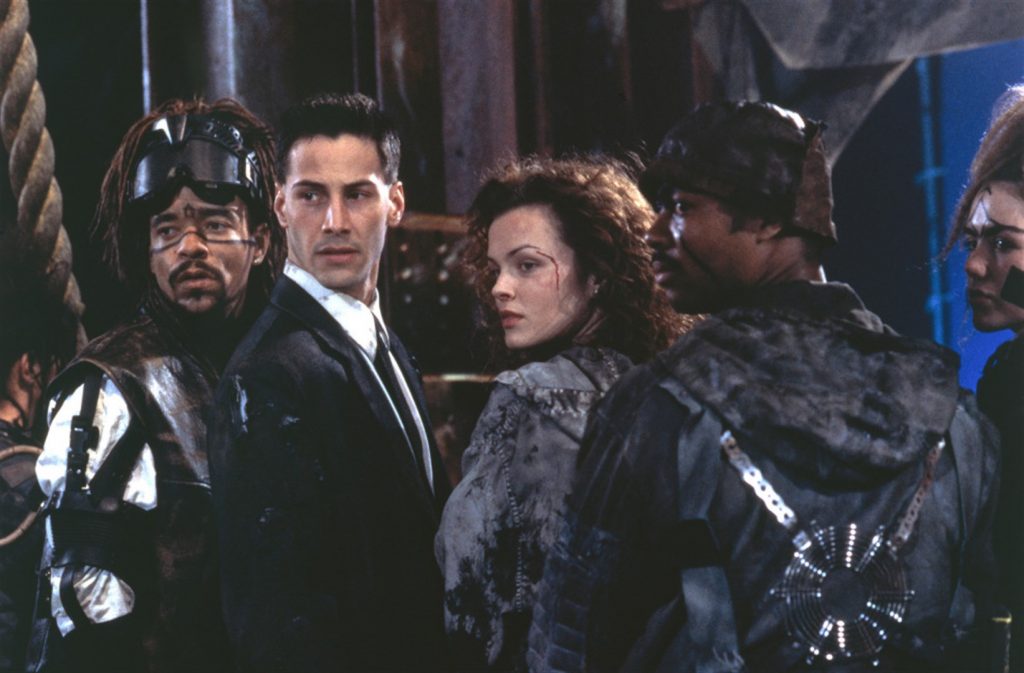
Another influence on Acronym is science fiction. Cyberpunk in particular was a big influence on Errolson Hugh, and these days the influence goes both ways. William Gibson, author of the seminal novel Neuromancer, wears Acronym and has talked of his fascination with the brand. Errolson Hugh was also called upon to design the coat for Adam Jensen, the protagonist of the cyberpunk video game Deus Ex. This is why techwear does not look like your ordinary hiking wear, although it may share the focus on functionality, performance and comfort. Rather than make you look robustly healthy, outdoorsy and adventurous in that typical Patagonia or Fjällräven way, it is more likely to make you look like an extra on a cyberpunk movie set.
Even with all the references to martial arts and science fiction, Acronym is not considered a cosplay brand. Errolson Hugh’s vision is famously uncompromising when it comes to function. He designs clothes with all the features and functions he wants himself, regardless of cost. Acronym often gets access to bleeding-edge materials from manufacturers like Gore-Tex and Schoeller, and all the straps and details on Acronym garments are in fact functional, like the jacket sling which lets you strap your jacket on your back when you take it off (a feature borrowed from skiing/snowboarding gear), the magnets that let you attach your headphones to your jacket, and the array of innovative pockets. Some of the features may be experimental (or even gimmicky) but they are rooted in the desire to solve problems, innovate on stale designs, defy convention and empower the wearer of Acronym garments.
Errolson Hugh’s father liked to talk to him about design, and exposed him to Bauhaus architects and designers at an early age. Walter Gropius and Le Corbusier entered into Errolson’s life before he was even in his teens. So while Acronym is by no means as minimalist as Veilance, the echo of Bauhaus resounds even in the designs that could be mistaken for ninja costumes.
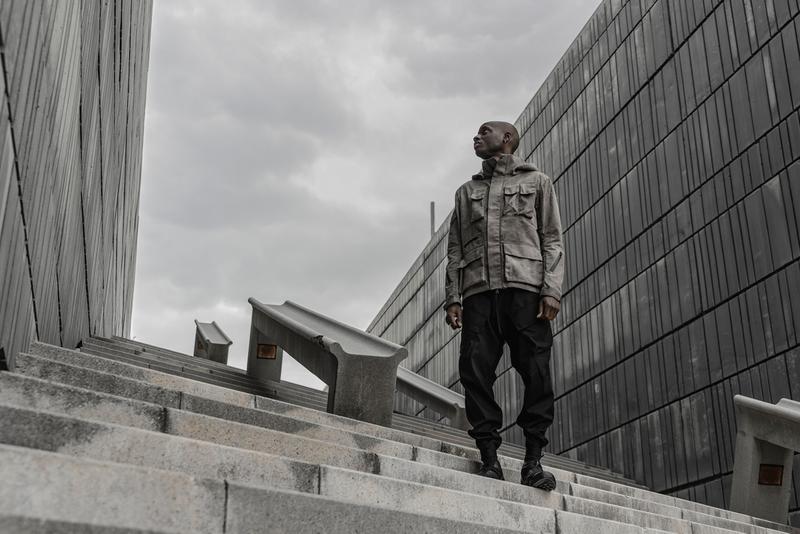
There is no hard and fast definition of techwear. To some people, an orange Marmot Precip rain jacket is techwear because of its functionality, despite its looks. To some people a Taobao cotton hoodie adorned with unnecessary straps is techwear because of the look, despite its dubious functionality. To some neither qualifies techwear.
The category of techwear is perhaps best defined in the fuzzy terms of “family resemblance” that Ludwig Wittgenstein wrote about in Philosophical Investigations, arguing that some things are related not by some essential common feature, but by a series of overlapping similarities, even though no single feature is common to all of the things. If you look at techwear as a spectrum, with Veilance on one end and Instagram cosplayers on the other, these extremes would seem to have almost nothing in common. Still they are connected through their references and their relations to other brands. The family resemblance of techwear is a mesh of materials, functionality, aesthetics, sci-fi references, brand relationships and design philosophy.
This iconoclastic branch of fashion is perched right at the intersection of cutting-edge functionality and cyberpunk cool, in the spot where innovations from outdoor and performance gear are fused with urban style, where progressive designers innovate, coax the most out of new materials and create everyday garments truly of the 21st century. Convention be damned. This is techwear.
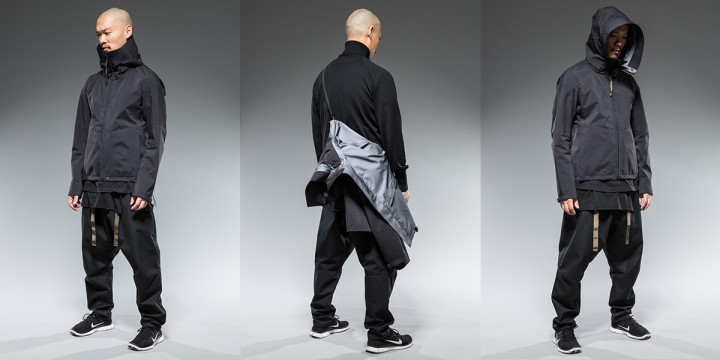

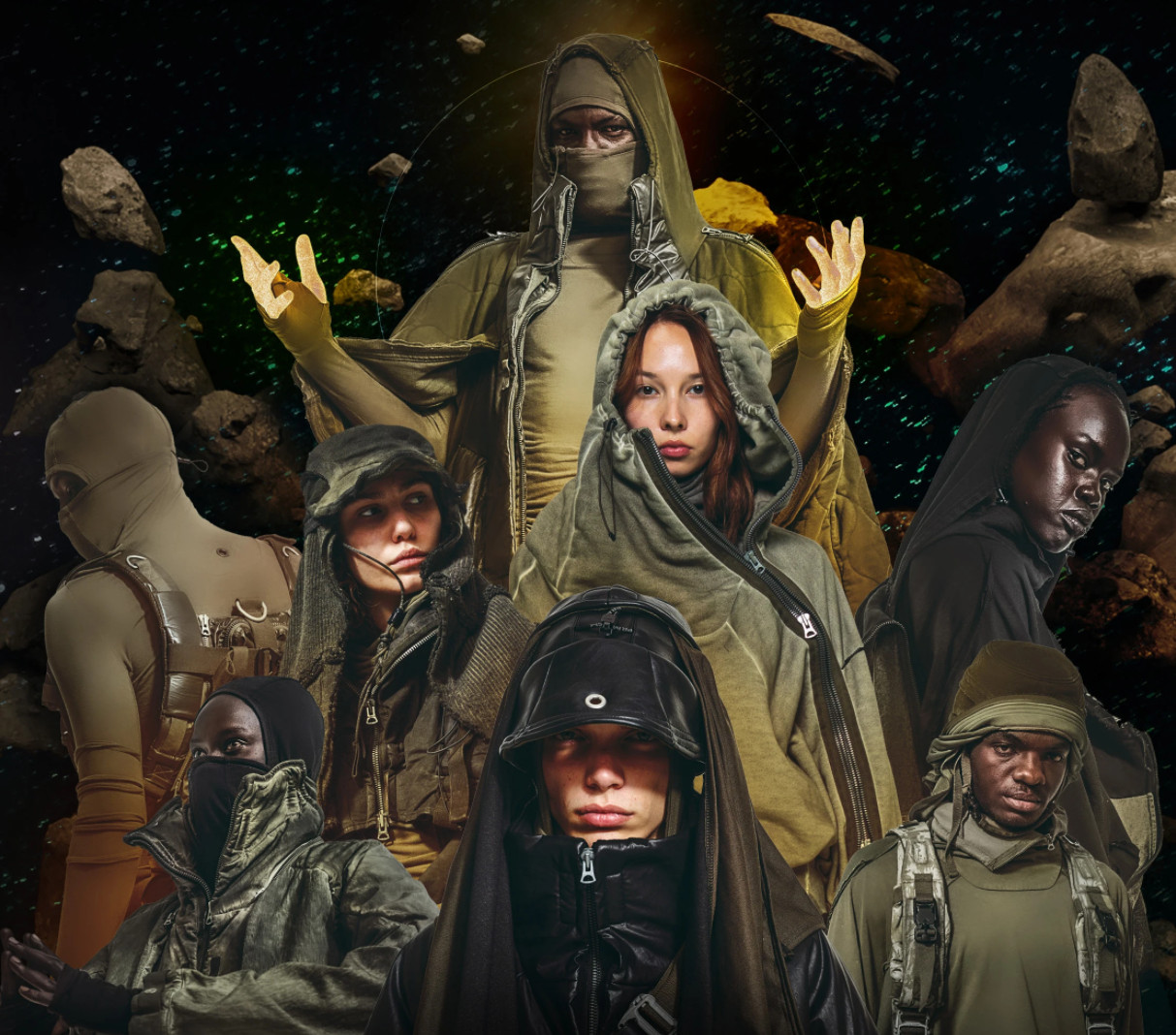
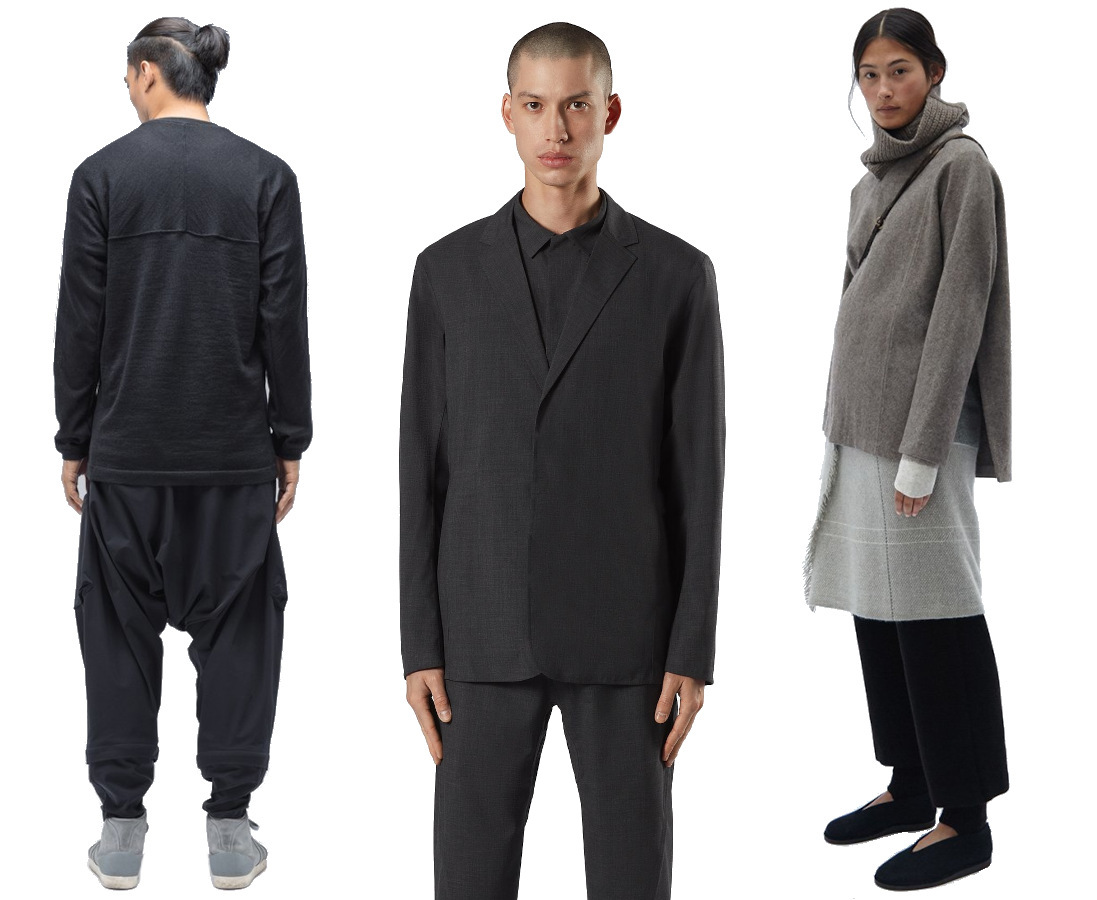
1 thought on “Convention be damned. This is techwear.”